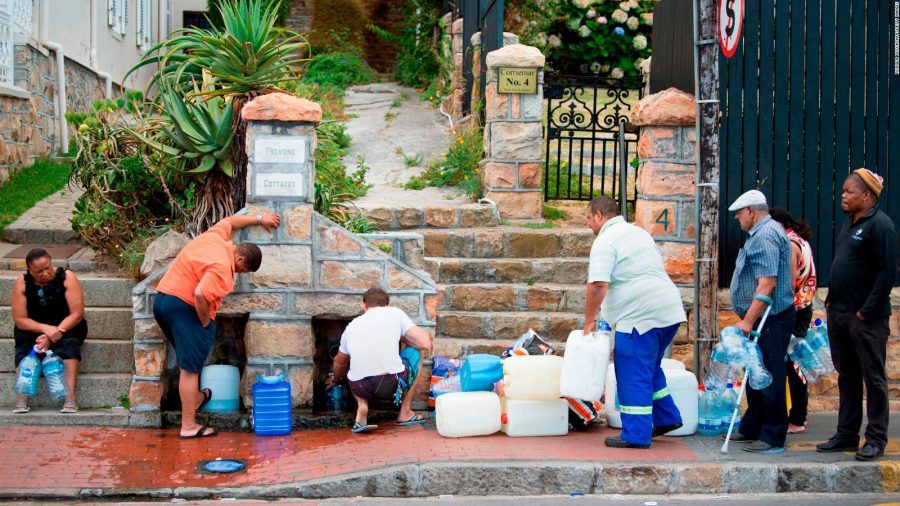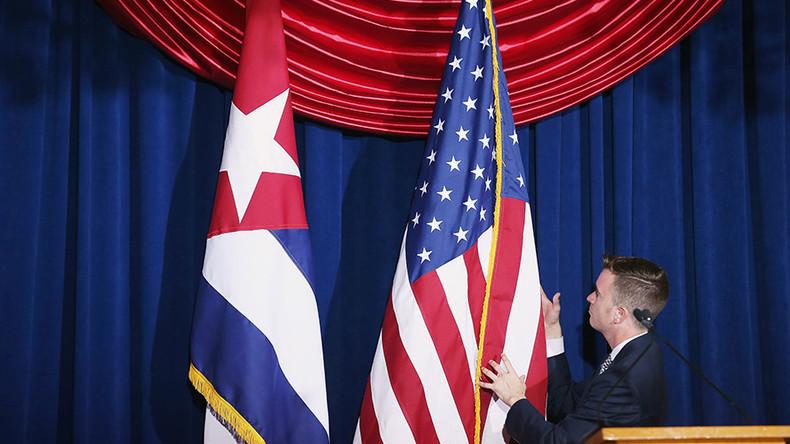By Madeleine Longwell
Staff Writer
On Tuesday the Communist Party of China released a series of proposals discussing China’s economic development for the next five years.
Central to the plan is closing the income gap between China’s richest and poorest citizens and increasing the size of the middle class.
Xinhua, a state-run news agency that covered the announcements,said, “China aims to narrow the income gap and raise the proportion of the middle-class income population in the next five years.”
Though the number of people living in poverty in China has been declining in recent years, more than 200 million citizens still live on less than two U.S. dollars per day.
President Xi Jinping also announced on Tuesday that the government was aiming for at least 6.35 percent growth in the economy each year over the next five years.
All of these goals have been set in response to the slowing growth of China’s economy in recent years.
Along the same lines, on Thursday, the Chinese government announced a change to its one-child policy, allowing each married couple in China to have two children.
The policy—which has been in place since the 1980’s—had contributed to the growing number of retired people in China whose care and funding was forced upon the significantly smaller, working-age population. Thursday’s announcement was also aimed at combating China’s slowing economic growth.
Though the plan promises economic growth over the next five years, many are still skeptical—the plan will be the 13th five-year economic plan in the party’s history.
“Rarely do people compare the plan and the eventual reality,” Mao Yushi, chairman of the Unirule Institute of Economics in Beijing, told the New York Times. “Not one five-year plan has unfolded as planned. Why? Because you can’t predict the problems five years from now.”











